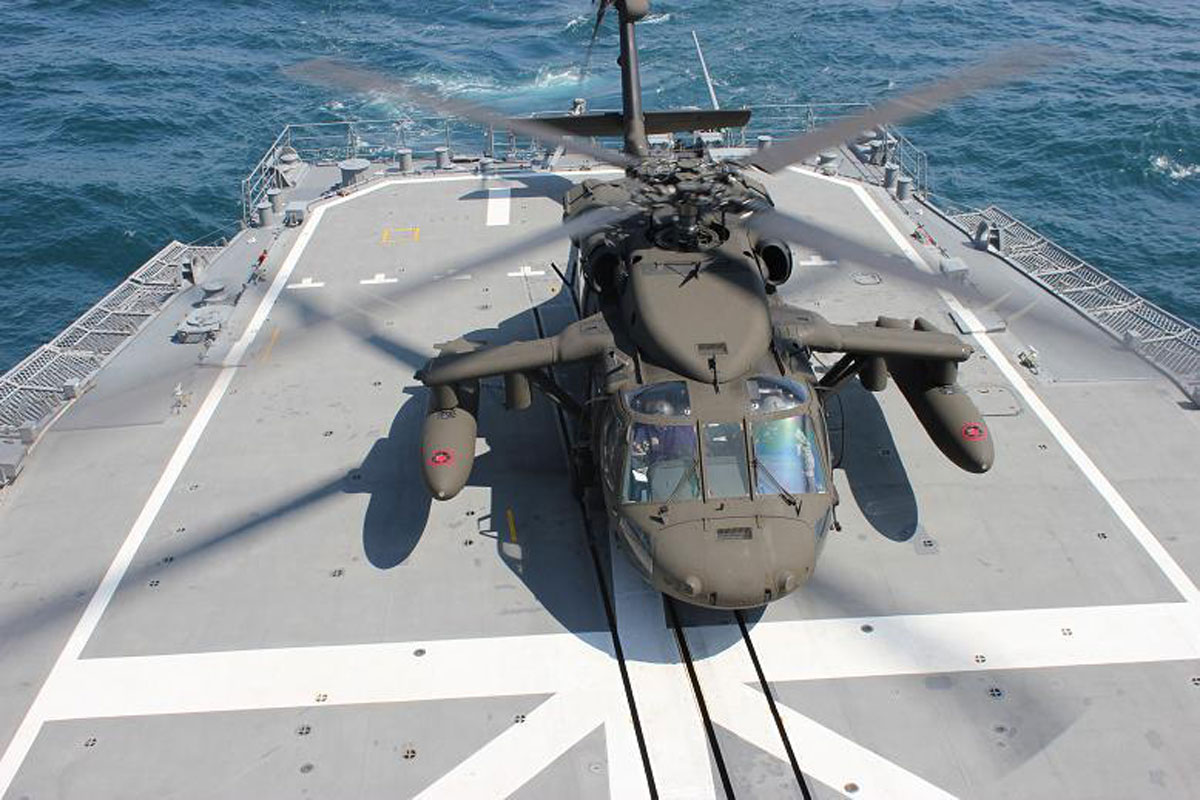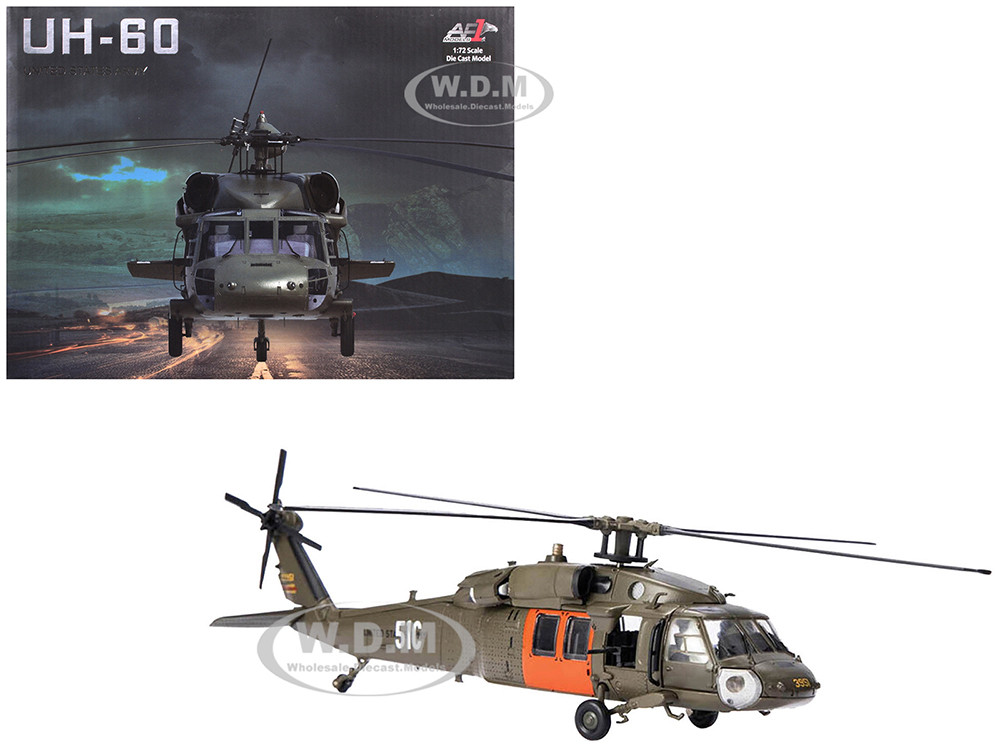UH 60 Black Hawk Helicopter: Enhancing Military Efficiency and Air Mobility
UH 60 Black Hawk Helicopter: Enhancing Military Efficiency and Air Mobility
Blog Article
Everything You Required to Learn About the UH 60 Helicopter
The UH-60 helicopter, a cornerstone of U.S. Military air travel since its debut in 1979, represents an exceptional blend of engineering and operational flexibility. As armed forces demands evolve, so also does the helicopter, with recurring improvements intended at improving its capabilities and integrating contemporary innovations.
History of the UH-60
Created in the late 1970s, the UH-60 Black Hawk helicopter became an action to the U.S. Military's need for a versatile utility helicopter that could do a variety of goals under challenging problems. The catalyst for its layout was the imperfections determined in the earlier helicopters made use of during the Vietnam War, specifically in regards to survivability, ability to move, and rate.
The Black Hawk was designed by Sikorsky Aircraft, integrating innovative modern technologies and materials to improve its efficiency and sturdiness. It was formally presented into solution in 1979, quickly becoming an essential possession for army procedures - uh 60. Its capacity to transfer troops, clinical discharge, and logistical assistance in both battle and altruistic missions made the Black Hawk a vital part of the united state Army's aviation fleet
Throughout the decades, the UH-60 has been continuously upgraded, adapting to the changing nature of war and the advancing requirements of contemporary military operations. Its functional background consists of participation in major problems, peacekeeping objectives, and calamity relief initiatives, strengthening its track record as a effective and trustworthy helicopter in different environments worldwide.

Design and Requirements
The design of the UH-60 Black Hawk helicopter constantly mirrors a dedication to functional performance and adaptability. Established by Sikorsky Airplane, this medium-lift energy helicopter features a smooth, wind resistant body that improves rate and maneuverability. Its tandem blades system, characterized by 2 counter-rotating blades, minimizes resonance and raises lift capability, enabling much safer procedures in diverse environments.
The UH-60 is powered by two T700-GE-701C turboshaft engines, providing an optimum rate of about 180 knots and a variety of around 400 maritime miles. Its durable airframe is constructed from innovative composite materials, guaranteeing resilience while preserving a reasonably reduced weight. The helicopter has a maximum gross weight of concerning 22,000 pounds, supporting a flexible payload setup.

Missions and roles
A functional system, the UH-60 Black Hawk helicopter offers a multitude of functions and missions within armed forces procedures. Created mostly for troop transportation, it is qualified of carrying approximately 11 soldiers, making it an important possession for fast deployment and logistical assistance.
In enhancement to troop transportation, the UH-60 masters clinical emptying (MEDEVAC) missions, outfitted with sophisticated clinical equipment to give critical care throughout transit. Its ability to run that site in diverse atmospheres boosts its effectiveness in battle search and rescue (CSAR) procedures, where swift extraction of workers is important.
The helicopter also plays a substantial function in reconnaissance and security objectives, using onboard sensors and equipment to debrief. Its flexibility expands to logistical support, qualified of transporting materials and devices to onward running bases.
In fight operations, the UH-60 can be equipped with numerous weapon systems, enabling it to provide close air support. Its multi-role capability makes the Black Hawk a crucial tool for modern-day military pressures, adapting flawlessly to the evolving demands of battleground circumstances and ensuring goal success throughout a variety of functional contexts.
Performance and Capabilities
Recognized for its durable efficiency, top article the UH-60 Black Hawk helicopter boasts outstanding capacities that improve its functional performance across various missions. uh 60. This multi-role aircraft is geared up with effective twin-engine Turbomeca Arriel 1D1 engines, supplying extraordinary rate and ability to move, with a maximum cruise ship speed of roughly 150 knots and an operational variety of around 400 nautical miles
The Black Hawk's innovative avionics and fly-by-wire control systems dramatically boost flight safety and security and handling, enabling it to operate in varied atmospheres, consisting of unfavorable weather problems. Its convenience is additional exemplified by its ability to lug as much as 11 totally furnished soldiers or a payload of about 8,000 pounds, making it ideal for army transportation, clinical discharge, and logistical support goals.
Furthermore, the UH-60 is created for survivability, featuring enhanced airframes, ballistic defense for team and passengers, and advanced countermeasure systems to avert dangers. The helicopter's agility and rate, combined with its capability for quick implementation, make it a crucial asset in contemporary army procedures, guaranteeing that it stays a crucial element of tactical air support and battleground movement.
Future Developments

One considerable focus is the assimilation of sophisticated avionics systems, which will improve situational awareness through improved navigation and interaction abilities. This includes the potential usage of expert system to aid pilots in decision-making and mission preparation.
In addition, future variations may incorporate innovative materials and style attributes to strengthen the helicopter's resilience and lower its radar signature, boosting survivability in disputed atmospheres.
The introduction of hybrid-electric propulsion systems is likewise imminent, aiming to improve gas efficiency and minimize logistical burdens. Such improvements can prolong operational variety and decrease the helicopter's ecological footprint.

Conclusion
The UH-60 helicopter represents a significant development in military air travel since its intro in 1979. Its robust design, functional capabilities, and continual upgrades guarantee its significance in various operational duties, consisting of army transport and clinical discharge. As best site technology progresses, future growths will likely improve its performance via the assimilation of expert system and hybrid-electric systems. The UH-60's sustaining presence underscores its vital duty in contemporary army operations and highlights the recurring development of military air travel technology.
The UH-60 helicopter, a keystone of U.S. Military aviation considering that its launching in 1979, stands for an impressive mix of design and operational adaptability. As army demands progress, so also does the helicopter, with ongoing improvements intended at boosting its capabilities and integrating contemporary innovations.The layout of the UH-60 Black Hawk helicopter continually shows a dedication to functional performance and versatility. Developed by Sikorsky Airplane, this medium-lift energy helicopter features a smooth, wind resistant fuselage that improves rate and ability to move.The UH-60 helicopter stands for a significant improvement in army aviation because its introduction in 1979.
Report this page